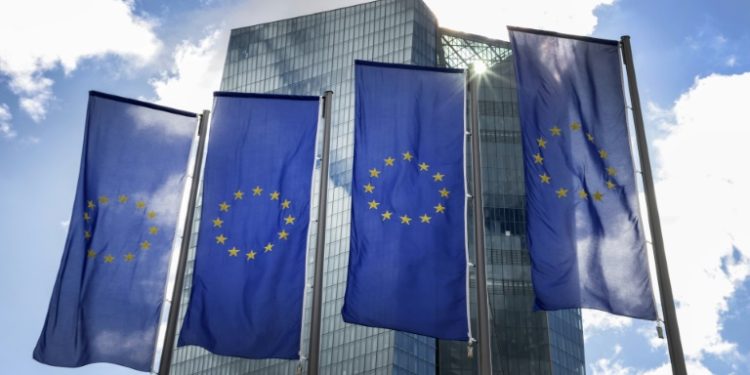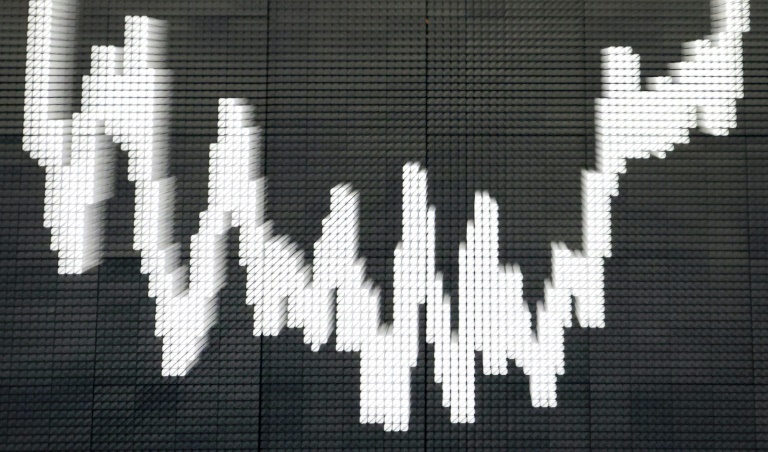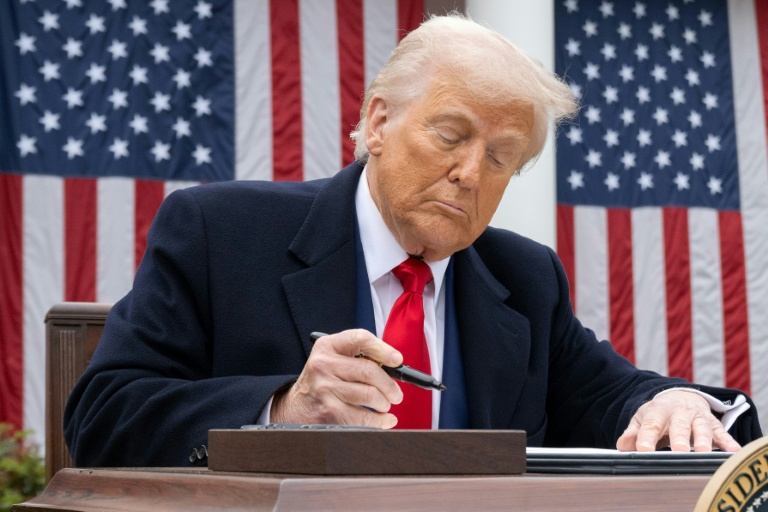Frankfurt (Germany) (AFP) – European Central Bank policymakers meet Thursday with fading price pressures and weaker economic activity in the eurozone pushing them towards making another cut to interest rates. A late downwards revision to September’s inflation data may have made the decision even easier for the members of the ECB’s rate-setting governing council. Consumer prices in the eurozone rose by 1.7 percent year on year last month, the EU’s data agency said Thursday, 0.1 percentage points less than the initial estimate. Before the change, September’s reading already was the first time in three years that inflation in the eurozone had dipped below the ECB’s two-percent target.
The lower-than-expected figure has added to the sense among policymakers that consumer prices are back under control after they soared in the wake of the coronavirus pandemic and the Russian invasion of Ukraine. “Victory against inflation is in sight,” French central bank governor and ECB rate-setter Francois Villeroy de Galhau said last week. “A cut is very likely,” he said of Thursday’s meeting, adding that “it will not be the last.” From a peak of four percent, the ECB has cut its key deposit rate in two increments of 25 basis points, once in June and another time in September.
ECB rate-setters are meeting in Slovenia, as they make one of their regular tours away from the institution’s headquarters in Frankfurt. Among those making the trip south, there was “little apparent opposition” to another cut of the same size on Thursday, Deutsche Bank analysts said, describing the move as potentially “significant.” “As the first back-to-back cut of the cycle, it would signal a pivot into a faster easing cycle,” they said. Trends in both inflation and the real economy supported a case for a “straightforward” cut, Berenberg bank analyst Holger Schmieding said. A surge in wages to make up for spikes in food and energy prices “seems to be petering out,” Schmieding said, and the ECB would look through a small, anticipated rebound in inflation towards the end of this year.
The eurozone, meanwhile, has looked weak. The ECB’s forecasts, published last month, already predicted that growth would slow to a meek 0.2 percent in the third quarter. A slew of negative sentiment indicators in the weeks that followed have confirmed the impression that action is needed to bring relief to households and businesses.
Looking ahead, the ECB would continue to stress its actions were “data dependent,” even as it increased the pace of its interest rate cuts, Schmieding said. The oft-repeated phrase is likely to appear in Lagarde’s planned statement at 2:45 pm in Slovenia (1245 GMT) after the ECB’s decision has been announced. Analysts will parse her remarks for any hints of the thinking among ECB policymakers and the future path of rates.
At the very least, Lagarde would not “correct market expectations for another 25 basis point move” at the ECB’s next meeting in December, Schmieding said. The fourth cut since the ECB started easing borrowing costs would put the key deposit rate at three percent, but the bank was unlikely to stop there, according to observers. “The ECB is on a path to cut interest rates at each one of the next five policy meetings,” including Thursday’s gathering, HSBC bank analyst Chris Hare said. A string of quarter-point cuts through to April would lower the deposit rate to 2.25 percent, taking it from a level having a neutral effect on the economy to being “slightly accommodative,” Hare said.
© 2024 AFP



















